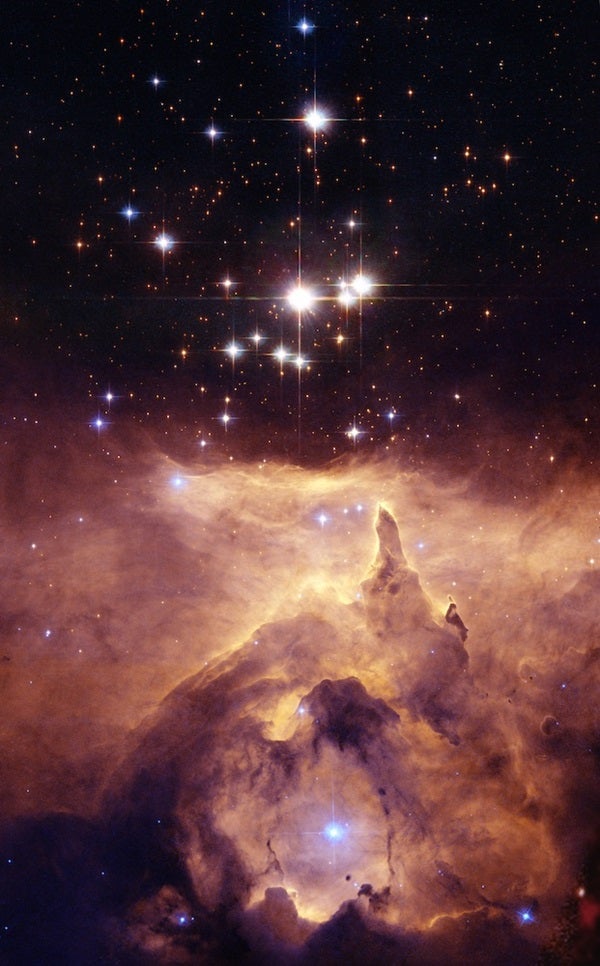Star clusters are held together by a combination of their own gravity and the gravity of the gas out of which they form. At the end of the star-formation process, the gas is dispersed and the gravity of the stars alone usually isn’t enough to hold the cluster together any longer. So, only a small minority of clusters manage to survive the dispersal of their parent gas cloud. Some of these are later pulled apart by the tidal forces exerted by other nearby clouds. For others, over a very long time, individual stars are cast out from the cluster due to random close encounters between the stars. And all of these processes are a one-way street: Once stars leave a cluster, they are moving too fast to be recaptured.
Every kind of star cluster experiences these processes to some degree, but not equally. Globular clusters, for example, are massive old clusters that form differently than smaller, younger open clusters. In globular clusters, random encounters between stars have removed only a tiny fraction of their population over age of the universe. Small open clusters, like the Sun’s parent cluster, are much more vulnerable.
We still can’t say exactly which process was responsible for dissolving the Sun’s parent cluster, or even exactly where in the galaxy the cluster formed. The Sun is 4.6 billion years old. Over that time, the galactic disk has completed more than 20 rotations, so the Sun and the stars with which it was born have had lots of time to wander around and disperse. However, astronomers are hunting for siblings of our star by looking for chemical compositions that match our Sun — almost like a stellar fingerprint. They made the first discovery of a solar sibling, HD 162826, in 2014 and a likely second sibling, HD 186302, in 2018. There’s likely to be a few thousand more siblings hidden throughout the Milky Way — it’s just a matter of tracking them down.










